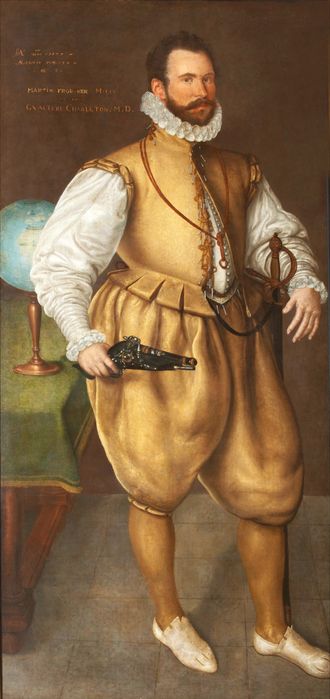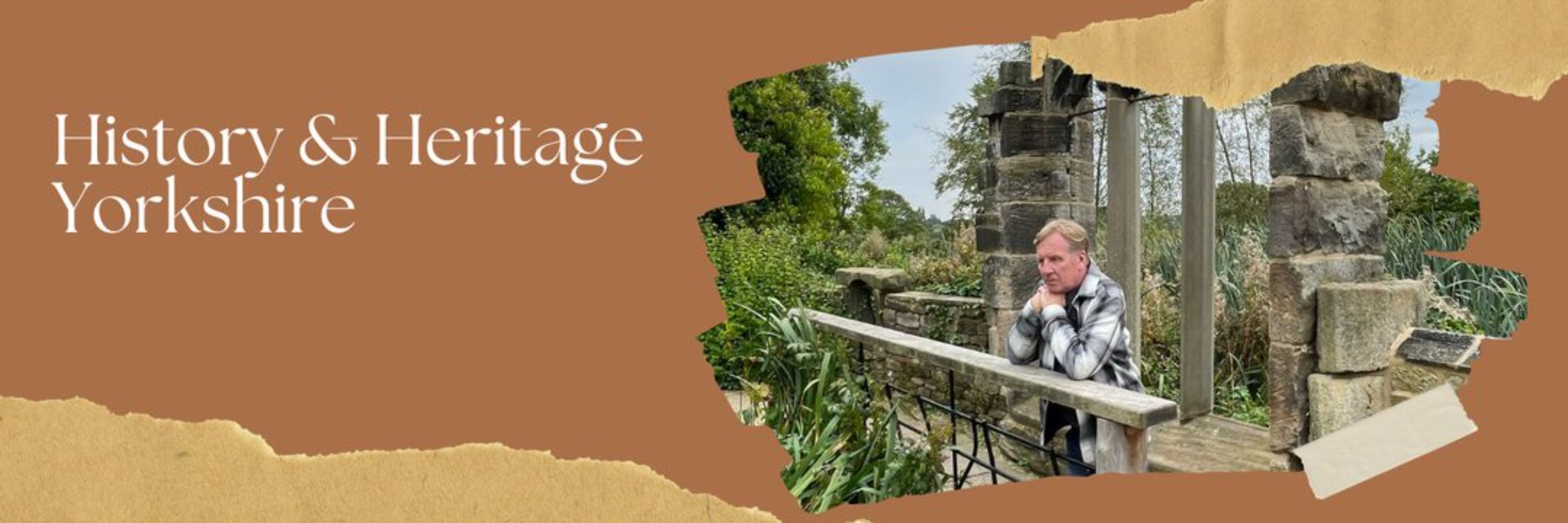
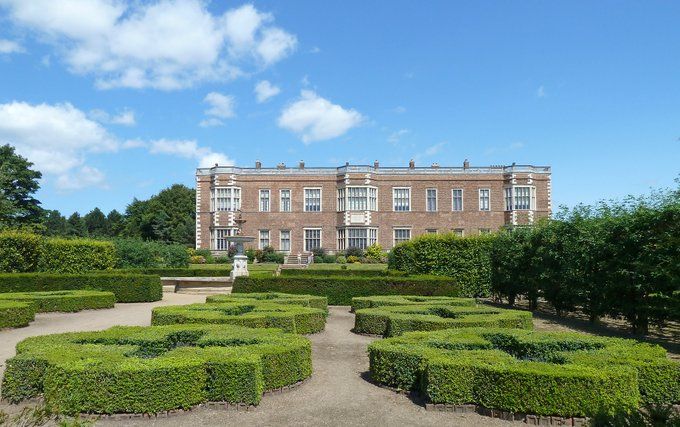



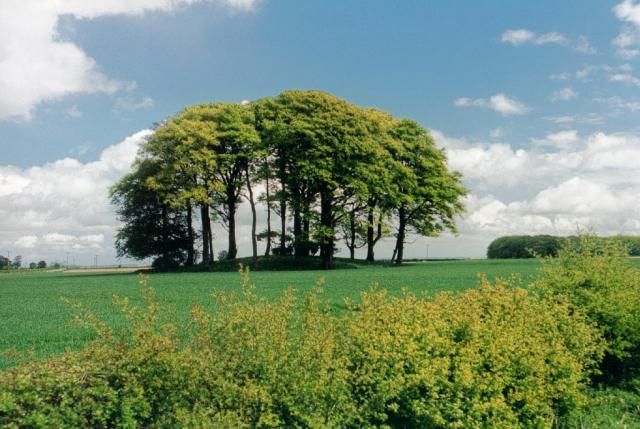












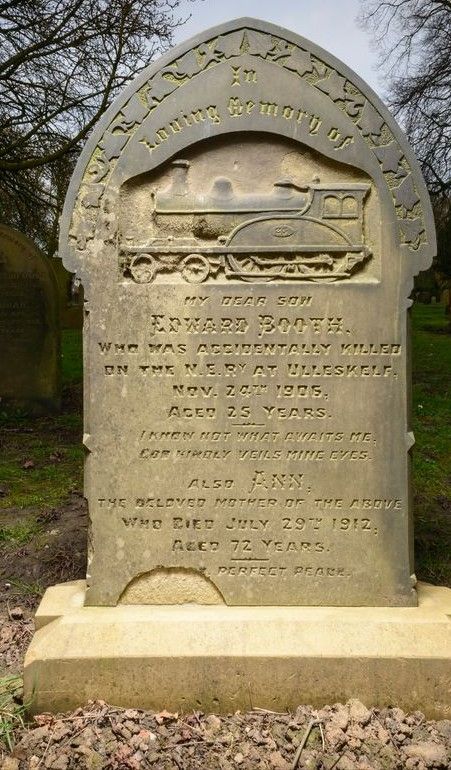




Fruit and spice are folded in with laughter round about,"
Please enlarge the image below to read the extract from "A Yorkshire Christmas" on the tradition. #Christmas #Yorkshire #Heritage

Fruit and spice are folded in with laughter round about,"
Please enlarge the image below to read the extract from "A Yorkshire Christmas" on the tradition. #Christmas #Yorkshire #Heritage


